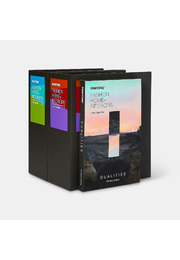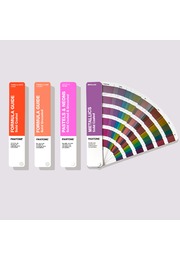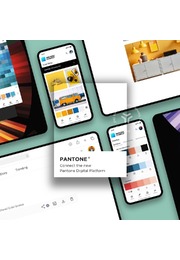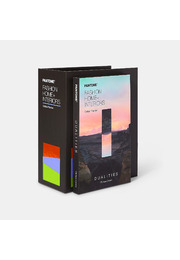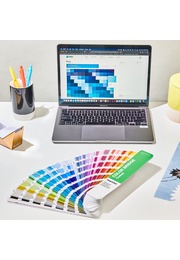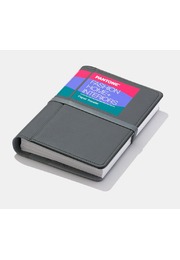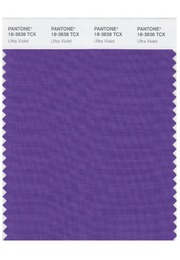About PANTONE® Color Systems
PANTONE® Color Systems Explained
Each day, over 10 million designers and manufacturers work with Pantone to select, communicate, and approve color in design.
How did we become the world's leading color expert?
It all started in 1963, when Pantone revolutionized color communication by inventing a universal color language. For the first time, brand owners & designers had confidence knowing their printers could understand and achieve the color imagined.
Today, we’re your partner for color in design, offering tools for color-savvy industries from apparel to packaging.
We have two color systems. Which Pantone Colors are right for you
We organize nearly 5,000 Pantone Colors into two Systems, one for print and packaging and the other for product design.
Why? Each system is designed to feature market-relevant colors. Fashion designers need more whites, blacks, and neutrals in their palette, while print and packaging designers need colors that will POP on shelf.
The appearance of color can change based on the material on which it is produced. In fact, some colors are not achievable at all on a certain material. That’s why we organize colors into two systems – to ensure that the colors included are achievable and reproducible based on the materials used.
For print & packaging: THE PANTONE GRAPHICS SYSTEM
Available in the following formats:
- Paper
- Plastic
- Digital
Good for:
- Brand Guidelines
- Signage
- Printed Materials
- Packaging
- Web & App Design
For fashion & product design: THE FASHION, HOME + INTERIORS System
Available in the following formats:
- Textiles
- Coatings & Pigments
- Plastics
Good for:
- Apparel
- Soft & Hard Home
- Consumer Tech
- Beauty
- Industrial Design
When a C or U follows the color number, you are using the Graphics System.
When a TCX or TPG follows the color number, you are using the Fashion, home + interiors system."TCX" references textile, while "TPG" references pigments and coatings.
Why should you update your Pantone Guides & Books?
Handling, light, humidity, and oil will cause colors to become inaccurate and you could be missing the latest market and trend-driven colors.
